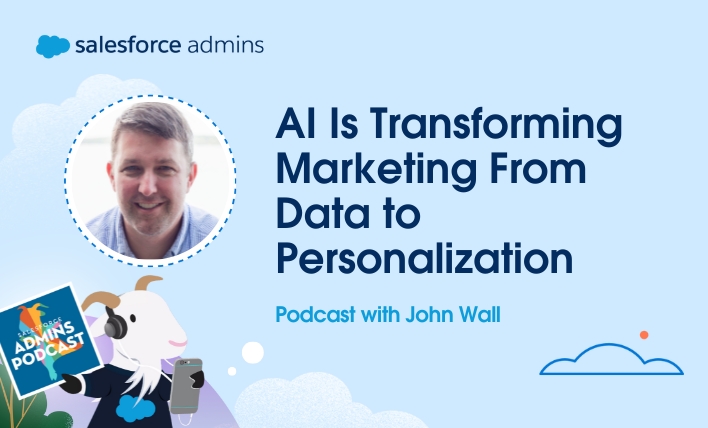Today on the Salesforce Admins Podcast, we talk to John Wall, co-host of the Marketing Over Coffee Podcast. Join us as we chat about how new generative AI tools are enabling marketers to get more personalized. You should subscribe for the full episode, but here are a few takeaways from our conversation with John Wall. […]






